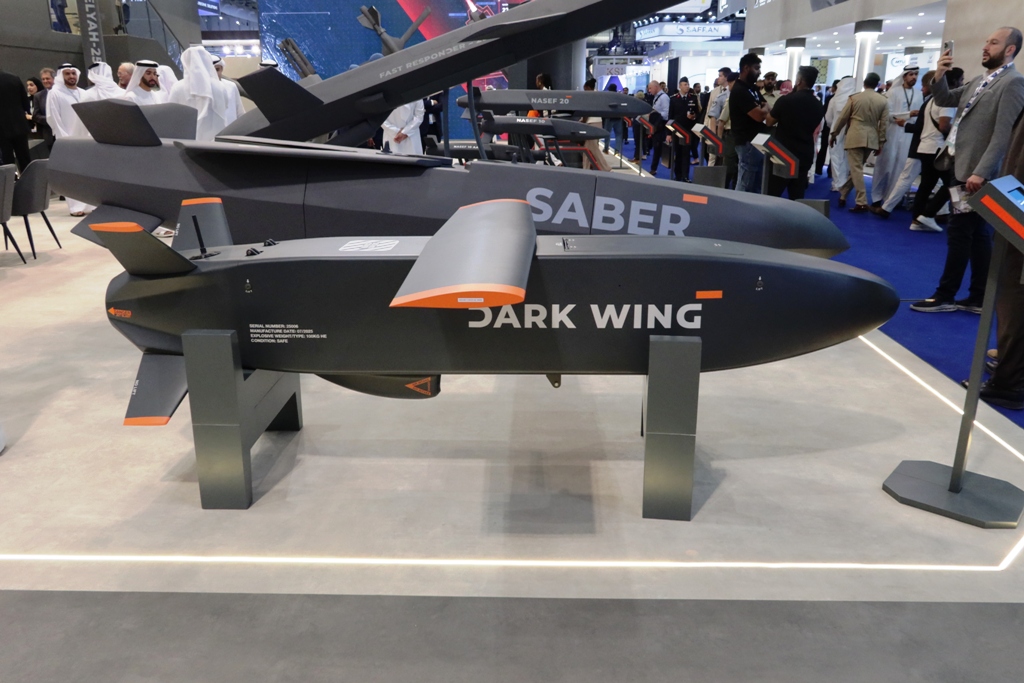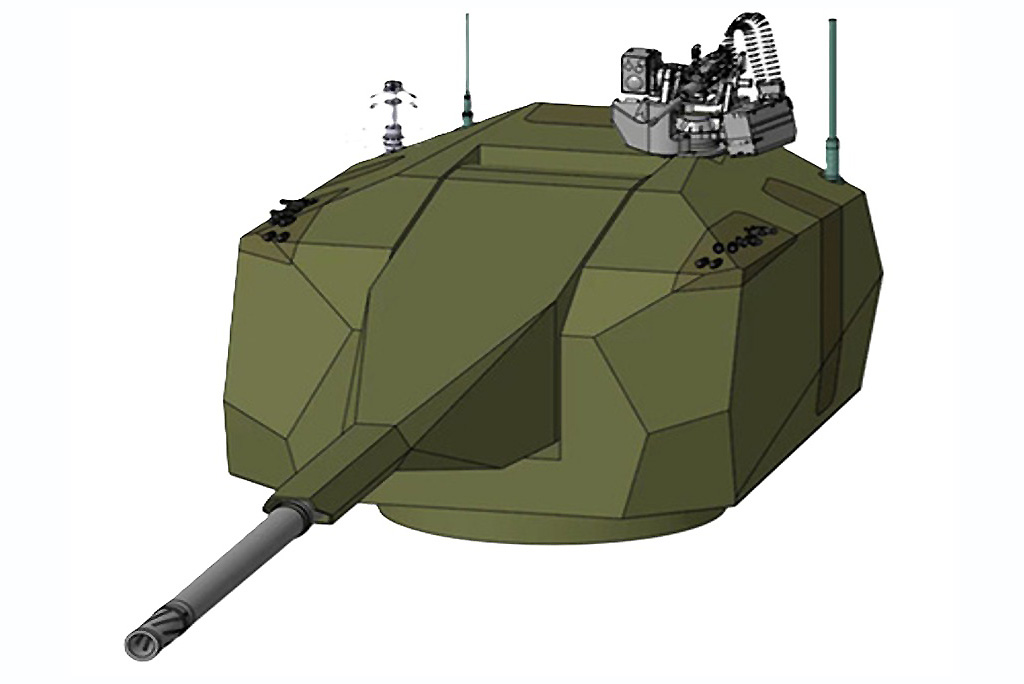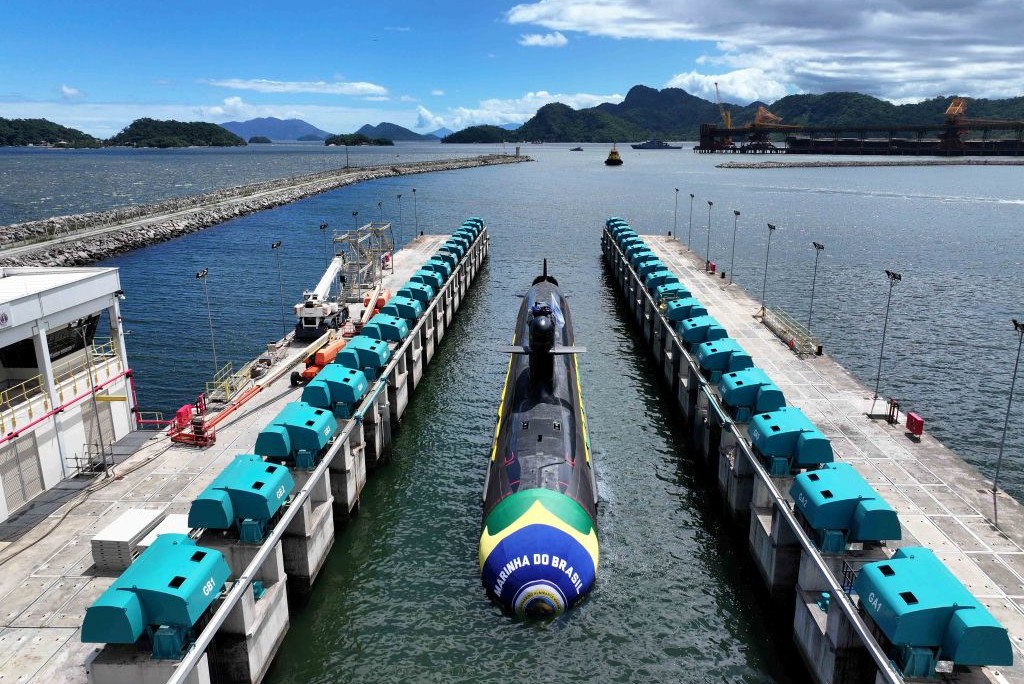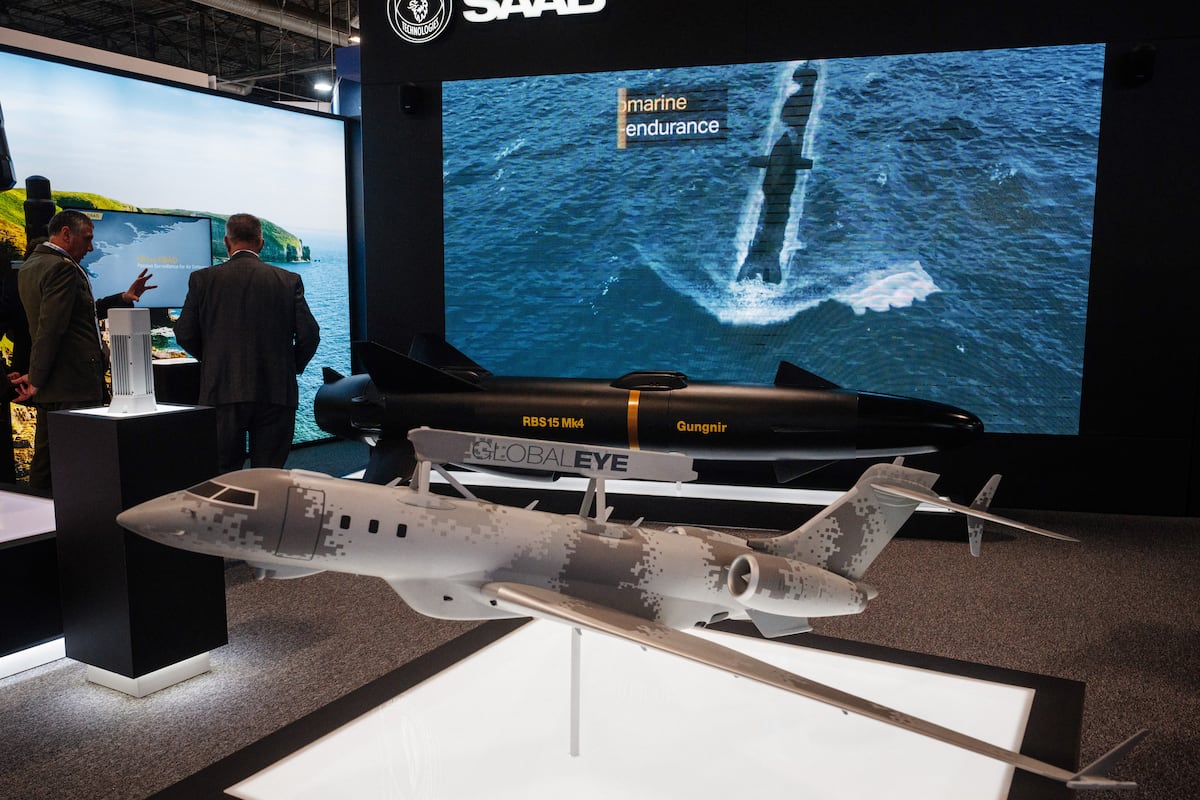Advancements in Navy Underwater Drone Development
The U.S. Navy has reached a pivotal moment in its quest for effective maritime drones, particularly those designed for underwater operations. As the service embarks on selecting preferred technologies, mass production capabilities must be a critical factor in contract awards.
Congressional Insights on Navy Drone Strategy
Rep. Rob Wittman, R-Va., who serves as the vice chairman of the House Armed Services Committee, expressed optimism about the Navy’s progress during the recent State of Defense Business event.
- Progressive Steps: Wittman highlighted that the Navy is moving beyond experimental phases and is now in a position to evaluate and select viable drone technologies.
- Call for Scaling: He stressed the importance of not only making selections but also ensuring rapid scaling of operations. “The key is to transition from selection to scalable operations promptly,” he remarked.
Industry Examples of Rapid Development
Wittman cited the successful creation of a 150-foot autonomous surface vessel in a mere six months as an example of what is achievable. This vessel, developed by Saronic, a drone-boat startup based in Austin, Texas, is expected to be operational by December.
- Saronic’s Innovation: The company is leveraging a recently acquired shipyard in Franklin, Louisiana, to build its Marauder vessel, which boasts a 3,500 nautical mile range.
- Production Efficacy: Saronic’s CEO and co-founder, Dino Mavrookas, noted that the company is simultaneously constructing a second Marauder, and is already experiencing improvements in production efficiency.
Broader Landscape of Maritime Drone Manufacturing
Saronic is not alone in the burgeoning field of marine drone technology. Other defense technology firms are also focusing on large-scale production of maritime drones.
Key Players
- Anduril: The firm recently announced collaboration with HD Hyundai Heavy Industries in South Korea for the development of an autonomous vessel prototype, with an eye toward production at their Seattle shipyard.
- HavocAI: This company has ambitious plans to develop a 100-foot autonomous drone boat before the end of the year.
These efforts reflect a growing trend in the defense sector to expedite the development and deployment of advanced maritime technologies.
Implications for Underwater Vessel Production
Wittman emphasized that the swift pace observed in the production of surface vessels should be extended to underwater platforms. He articulated a need for the U.S. military to ensure timely contract awards that foster large-scale production while adhering to rigorous timelines.
- Strategic Timing: “The objective is to not only award contracts but to ensure that these contracts lead to timely and scalable delivery of platforms,” he stated, underscoring the operational urgency.
In summary, as the Navy stands on the brink of significant advancements in its underwater drone capabilities, the focus on efficient production and operational readiness will be paramount. The emerging industry dynamics promise to reshape naval warfare strategies significantly, making response time and adaptability critical to maintaining maritime dominance.





